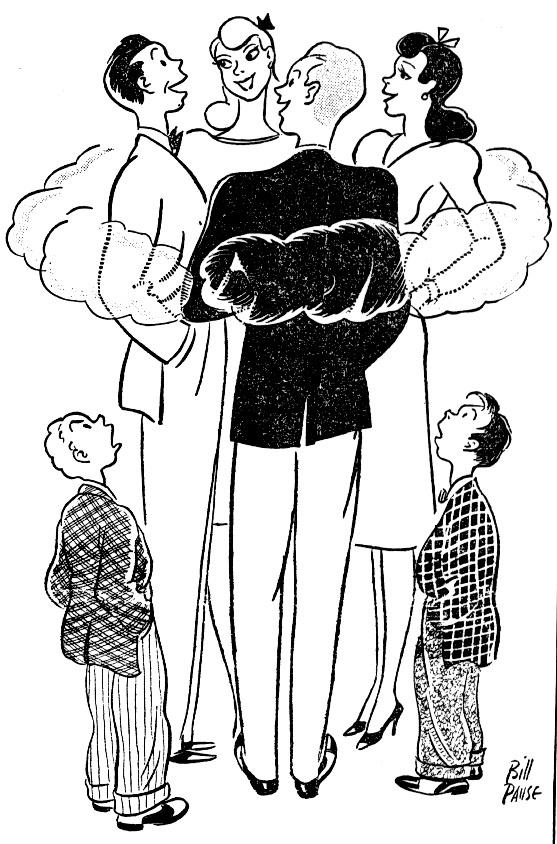






One of the quickest responses our body has to stress is increased muscle tension and contraction. The physiologic reason for this muscular activity is to prepare us for fight or flight but, in reality, few of our modern day stresses are resolved by either. When muscle tension continues for long periods without physical release a low, or even moderate, level of chronic pain my develop, especially in the shoulders, neck and lower back. That is why it is important to do the posture excercises and stretches each and everyday.
Autogenics, as the name suggests, are self-generated suggestions your mind gives your body to relax. It is a quick and portable relaxation technique that pin-points body regions that need to relax. For example: shoulders, jaw, or neck muscles may be the first area of your body to tense when you are stressed. Autogenic relaxation of any one of these areas could be done with just a minute or two of concentrated relaxation. Here is how it works.
When we are stressed, our breathing may become more rapid and shallow. Chest muscles tighten, and air moves quickly but not deeply into our lungs. This is not efficient breathing and fatigue can result. Deep Breathing, also called Diaphragmatic Breathing, is a technique used to slow rapid breathing and move air deeper into the lungs. The trick is to use the diaphragm, not chest muscles, as the main muscle which opens the chest and allows lungs to expand. Here is the technique. You can use it almost anytime, anywhere as an immediate tension reliever.

Like autogenics, visualization uses the power of your mind's eye and inner voice to bring about relaxation. Visualization is the imagery of any location that, to you, is peaceful and stress-free. Your peaceful image can be brought to your consciousness at anytime (in a traffic jam, a tense time at school) for a quick moment of tension release. Advance practice will allow you to call upon this imagery more effectively at times of stress. For its deepest effect, visualization is done in combination with progressive relaxation. Once deeply relaxed, spend a few minutes imagining the peaceful location you wish to "visit". The more detail you add to your image, the more real it will seem to your mind.
Progressive relaxation is similar to Autogenic Relaxation, but it requires more time and a quiet, comfortable environment where you can completely relax. In it, you use your mind's eye and internal voice to suggest relaxation to your body. Unlike Autogenics, the relaxation is not limited to one part of the body. It progresses to all body parts during the relaxation excercise. The time necessary for a thorough Progressive Relaxationis 20 to 30 minutes, although it can be varied depending on your skill and needs. It is often helpful, especially for beginners, to lead through the relaxation.
Autogenic or Deep Breathing technique